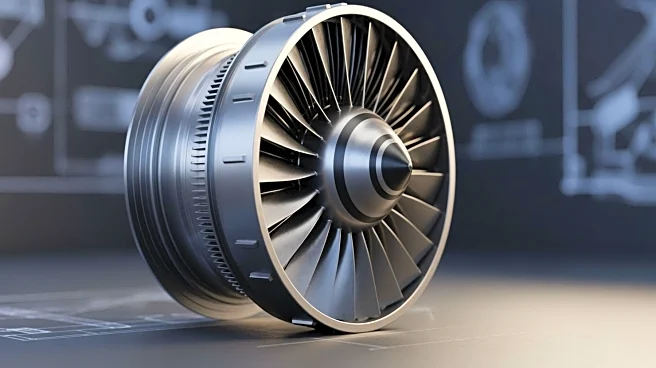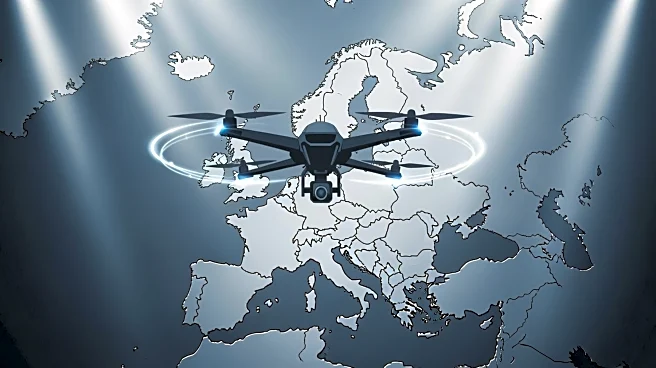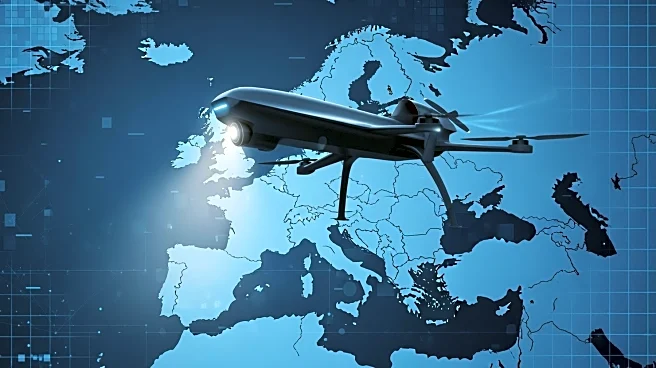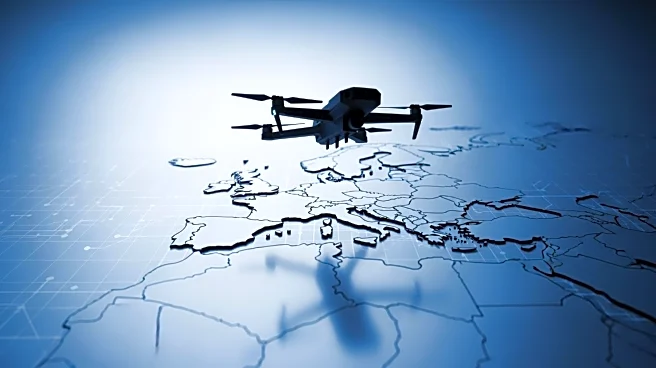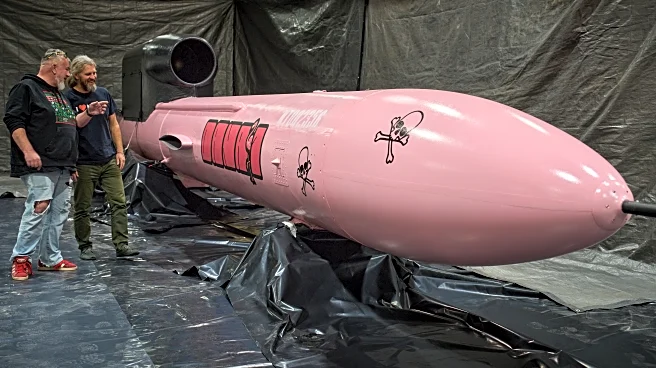What's Happening?
Edge Group's subsidiary, Powertech, has successfully completed the preliminary design of a 1,200 lb.-thrust turbofan engine, known as the X550. This development comes less than a year after Edge Group launched
Powertech as an in-house aviation propulsion company. The X550 engine is intended for use in disposable cruise missiles and drones, with potential for future applications in reusable drones. Powertech CEO Marian Lubieniecki announced plans to deliver the first X550 engine for testing by the end of 2027, with series production expected to commence a year later. The design of the X550 engine aims to optimize cost and complexity for non-human-rated applications, focusing on unmanned systems.
Why It's Important?
The completion of the preliminary design for the X550 engine marks a significant milestone for Edge Group and its subsidiary, Powertech, in the defense sector. This development could enhance the capabilities of disposable cruise missiles and drones, offering a cost-effective solution for military applications. The focus on unmanned systems reflects a broader trend in defense technology, where reducing human involvement can lead to more efficient and scalable solutions. The successful testing and production of the X550 engine could position Edge Group as a competitive player in the global defense market, potentially influencing military strategies and procurement decisions.
What's Next?
Powertech plans to deliver the first X550 engine for testing by the end of 2027, with series production slated for the following year. As the company moves into the critical design phase, it will continue to refine the engine's configuration to optimize performance for unmanned applications. The successful implementation of the X550 engine could lead to further developments in more powerful turbofan engines, expanding Powertech's offerings in the defense sector. Stakeholders in the defense industry will likely monitor these developments closely, as they could impact future procurement and strategic planning.
Beyond the Headlines
The focus on unmanned applications in the design of the X550 engine highlights a shift in defense technology towards automation and cost-efficiency. By optimizing the engine for non-human-rated applications, Powertech aims to reduce complexity and costs, making it a viable option for various military uses. This approach could lead to broader implications for the defense industry, as companies seek to balance performance with affordability in their technological advancements. The success of the X550 engine could also spur innovation in other areas of unmanned systems, potentially influencing the future landscape of military technology.
